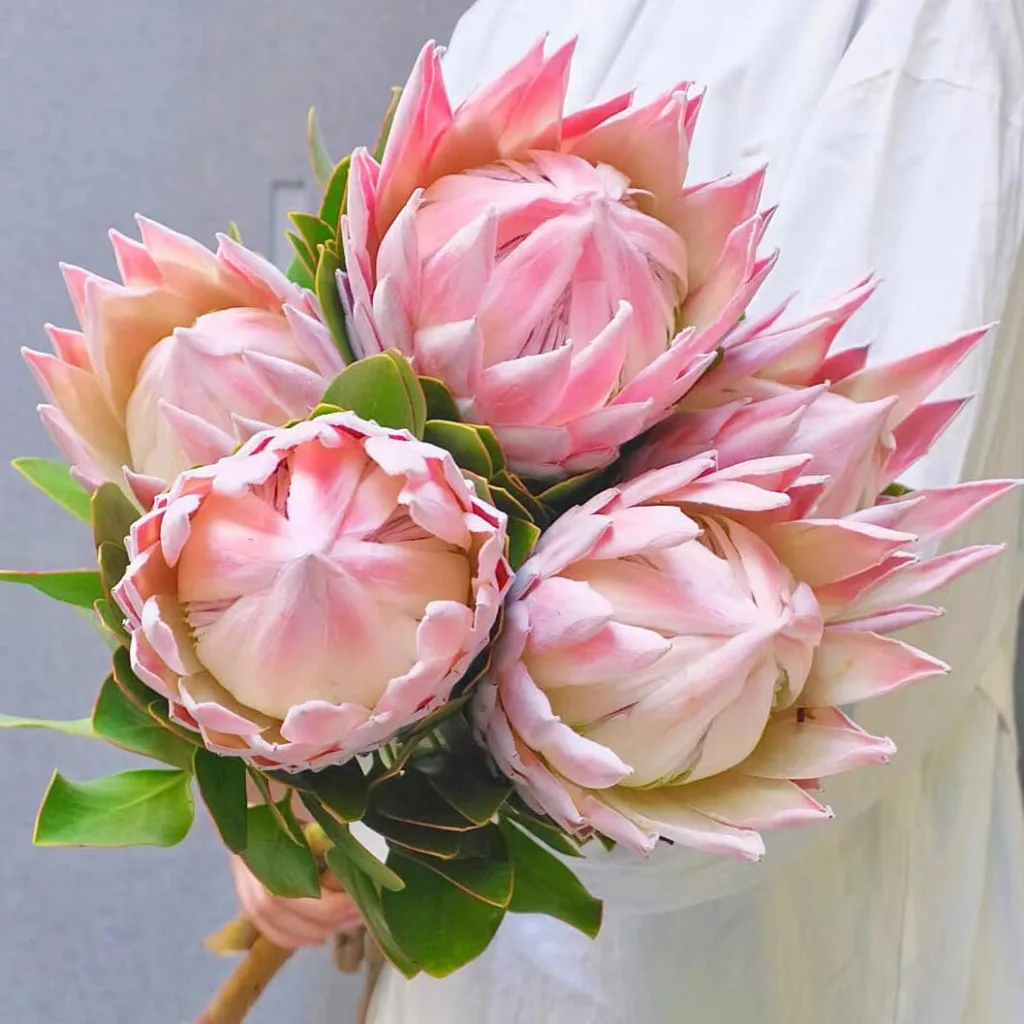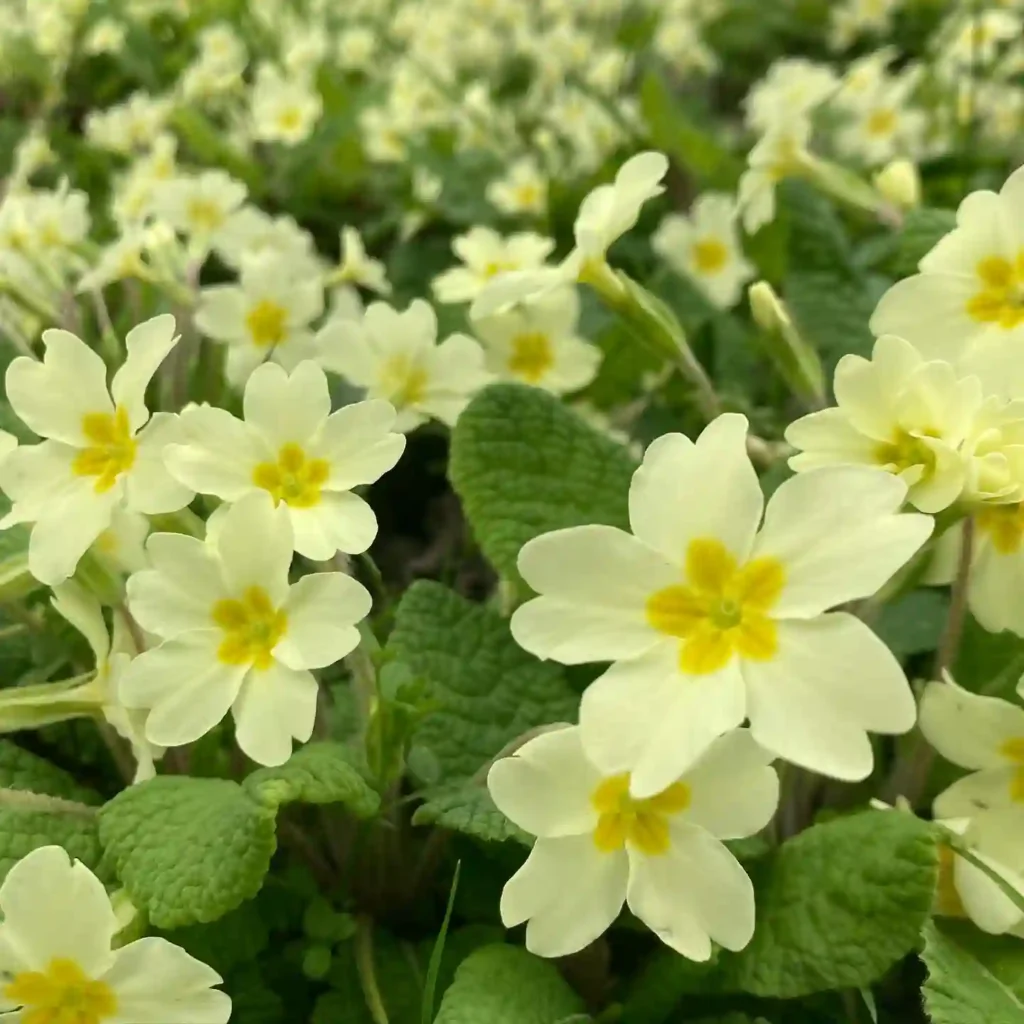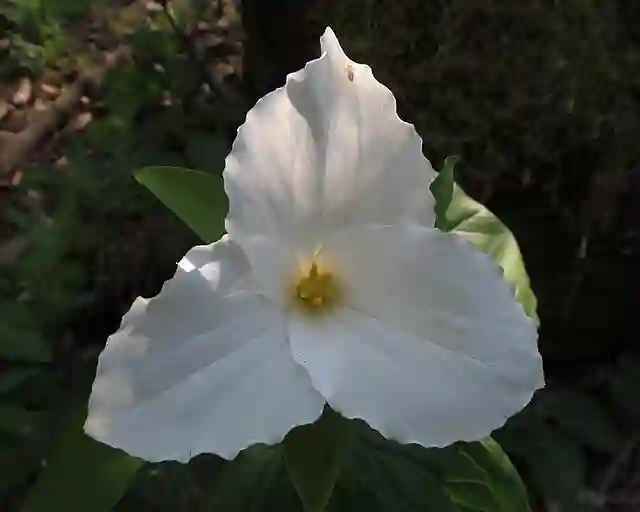What is Juglans Californica?
Juglans Californica, commonly known as the California Black Walnut, is a native tree species to California. It belongs to the Juglandaceae family, which includes other walnuts and hickories. This species is admired for its unique foliage and its ability to adapt to various soil types. The California Black Walnut is a deciduous tree that can grow up to 40 feet tall and wide. Its dark green leaves turn yellow in the fall, offering a beautiful seasonal display.
22 Species in Genus Juglans
How to Care for Juglans Californica?
Caring for Juglans Californica requires attention to a few key aspects to ensure its healthy growth:
- Soil: This tree thrives in well-draining soil. It can tolerate a range of soil types but prefers loamy or sandy soils. Ensure the soil is not waterlogged as it can cause root rot.
- Watering: During the tree’s early years, regular watering is crucial to establish a strong root system. Once established, it is relatively drought-tolerant. Water deeply but infrequently to encourage deep root growth.
- Sunlight: Juglans Californica needs full sun to partial shade. It performs best with at least six hours of direct sunlight daily.
- Pruning: Prune the tree during the winter or early spring to maintain its shape and remove any dead or diseased branches. Proper pruning helps in managing the tree’s size and health.
- Fertilization: A balanced, slow-release fertilizer applied in early spring can support healthy growth. Avoid over-fertilizing, as this can lead to excessive foliage growth at the expense of fruit production.
How to Propagate Juglans Californica?
Propagation of Juglans Californica is typically done through seeds or grafting:
- Seeds: Collect seeds in the fall when they are fully mature. Soak them in water for 24 hours to help with germination. Plant them in well-draining soil about 1-2 inches deep. Seeds generally need stratification (cold treatment) for about 30 days to improve germination rates.
- Grafting: This method is used to reproduce specific cultivars. Grafting is usually done in late winter or early spring. Choose a healthy rootstock and graft a scion from the desired Juglans Californica variety onto it.
What to Plant with Juglans Californica?
When planning a garden with Juglans Californica, consider companion plants that can tolerate its juglone toxicity—a compound released by the tree that inhibits the growth of some plants. Suitable companions include:
- Lavender: It thrives in similar soil conditions and can handle some juglone presence.
- Yarrow: This hardy perennial is tolerant of juglone and adds a splash of color to your garden.
- Sedum: Known for its drought tolerance and ability to grow in less fertile soil, Sedum pairs well with the California Black Walnut.
Is Juglans Californica Toxic?
Yes, Juglans Californica is toxic to some plants due to its production of juglone. Juglone is a natural herbicide that can inhibit the growth of certain plants. It primarily affects plants in the nightshade family, including tomatoes, potatoes, and peppers. However, it does not pose a significant risk to humans or animals if ingested in small amounts.
Benefits of Juglans Californica
Juglans Californica offers several benefits:
- Ecological: This tree supports local wildlife, providing habitat and food for birds and insects. Its dense canopy also helps reduce soil erosion.
- Aesthetic: With its attractive foliage and distinctive bark, it adds visual interest to landscapes.
- Economic: The wood of Juglans Californica is valued for its hardness and fine grain, making it suitable for furniture and cabinetry.
Common Problems
- Leaf Spot: This fungal disease causes dark spots on leaves, leading to premature leaf drop. Good air circulation and proper pruning can help manage this issue.
- Pest Infestation: Aphids and scale insects can sometimes infest Juglans Californica. Regular inspection and appropriate treatments, such as insecticidal soap, can control these pests.
- Root Rot: Overwatering or poor drainage can lead to root rot. Ensure proper soil conditions and avoid waterlogging to prevent this problem.
Comparison with Similar Species
When compared to Juglans Regia (English Walnut), Juglans Californica has several distinguishing features. While Juglans Regia is known for its larger nuts and is commonly grown for commercial nut production, Juglans Californica is valued more for its ecological benefits and ornamental qualities. Additionally, Juglans Californica is more suited to dry, Californian climates, whereas Juglans Regia prefers more temperate conditions.
Juglans Californica stands out as a resilient and aesthetically pleasing tree that can enhance any garden or landscape. By understanding its care needs and benefits, you can successfully incorporate this unique species into your outdoor spaces.
If i die, water my plants!



